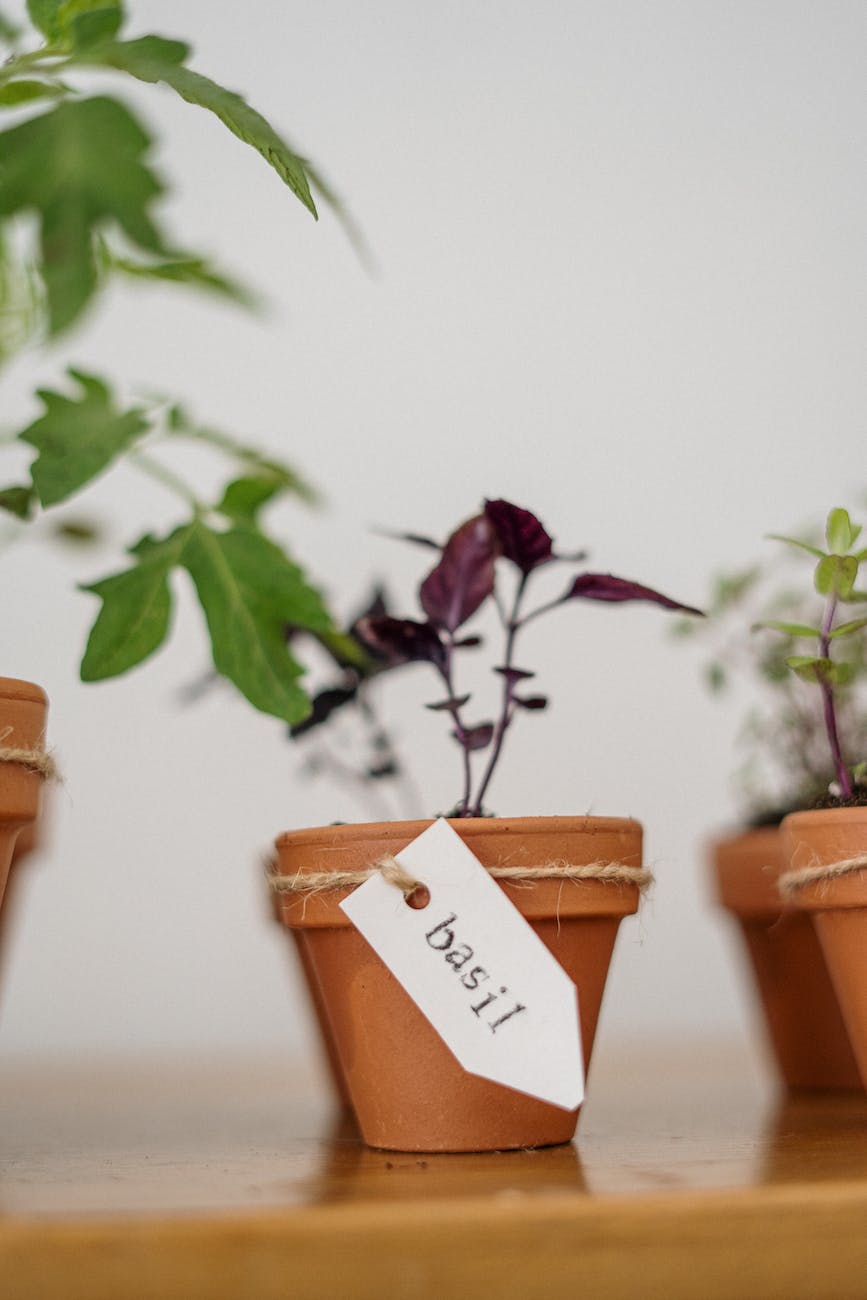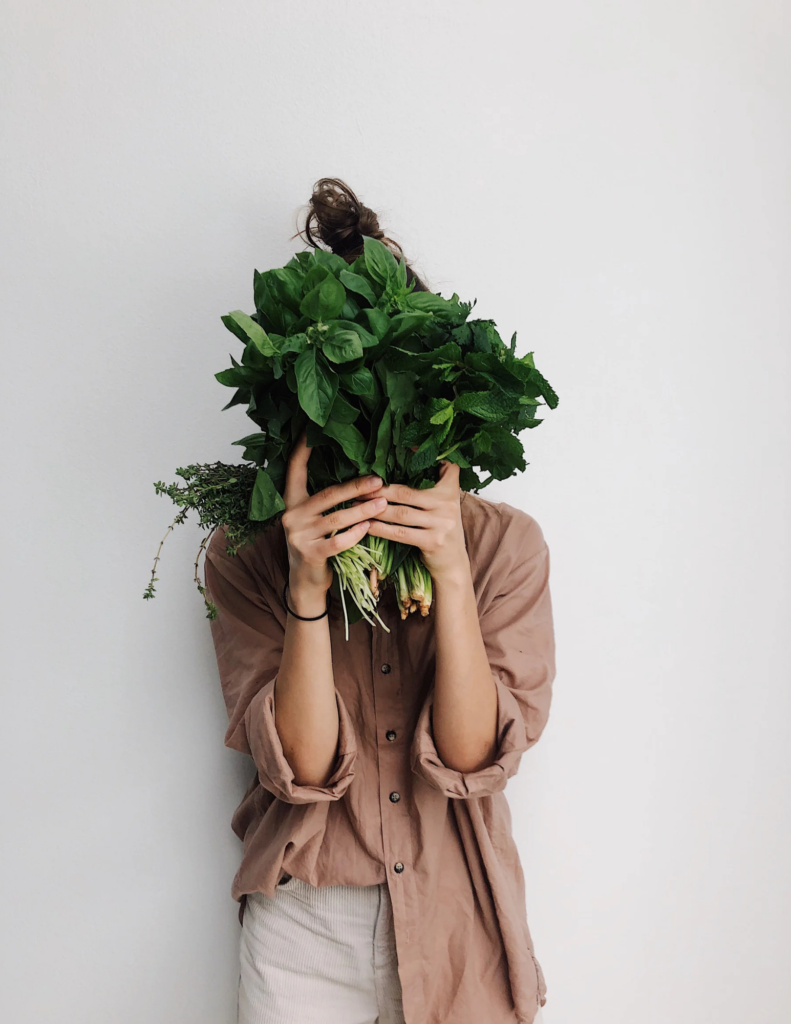The Best Methods for Growing Herbs Indoors for Beginner Gardeners
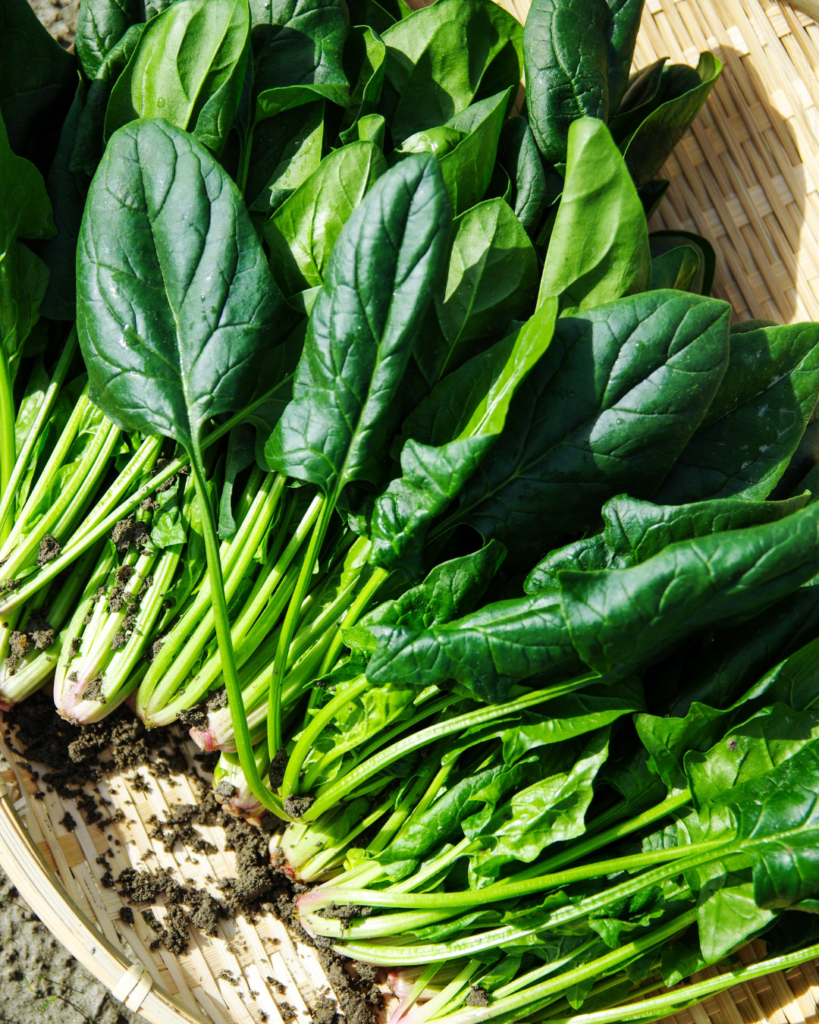
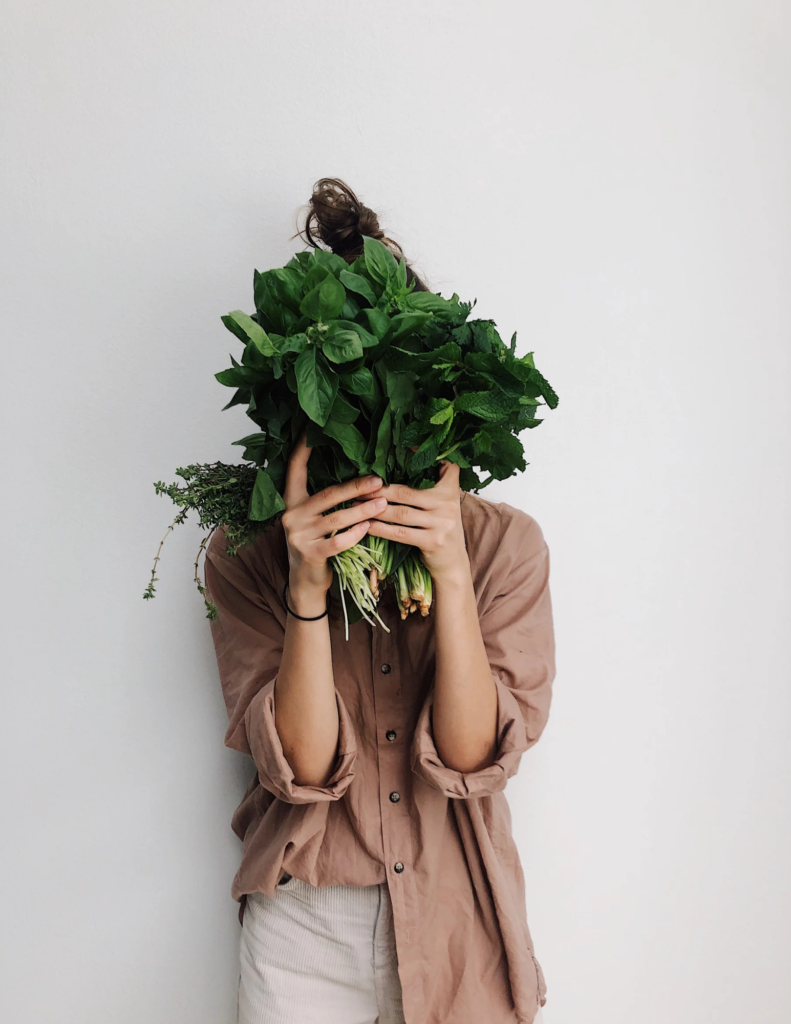
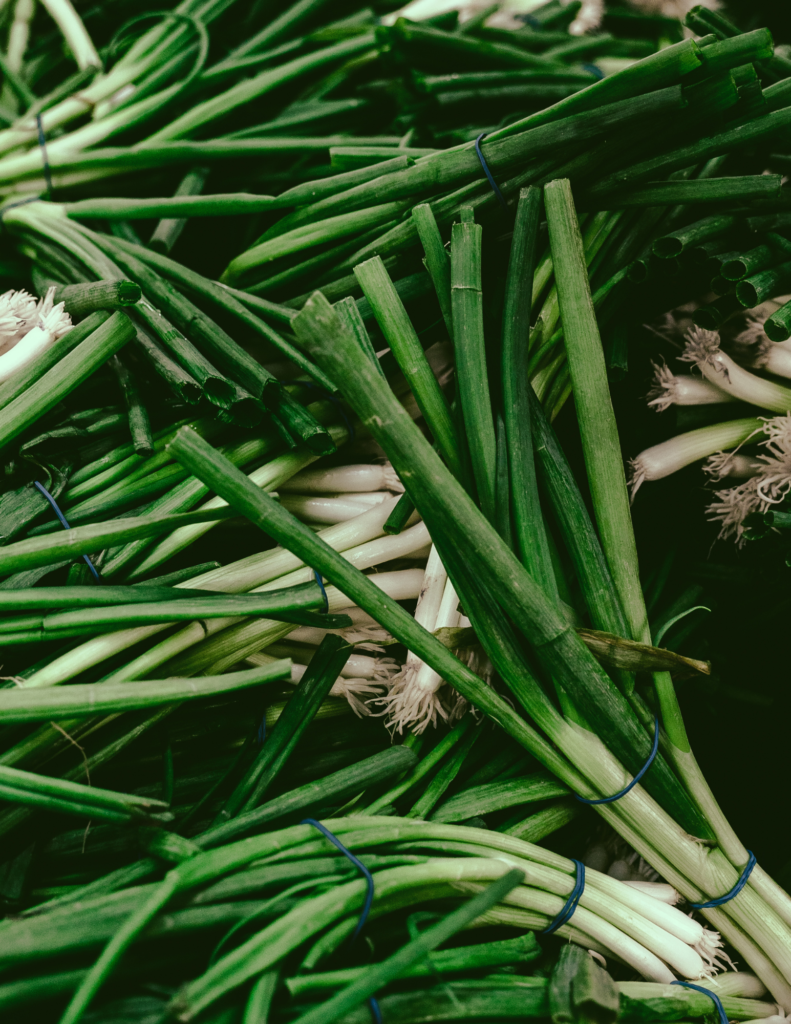
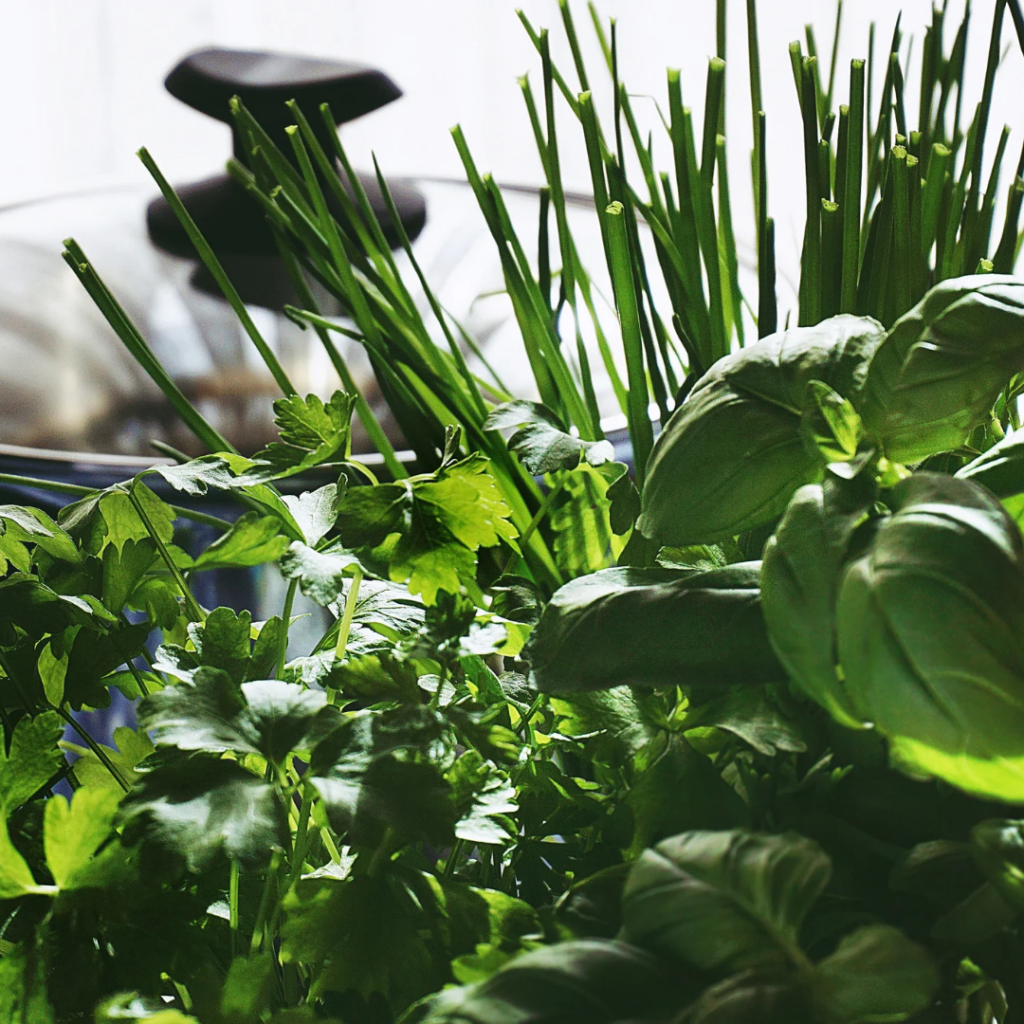


The Best Methods for Growing Herbs Indoors for Beginner Gardeners






.
.
.
Learn about different types of herbs and how to grow them indoors on your own

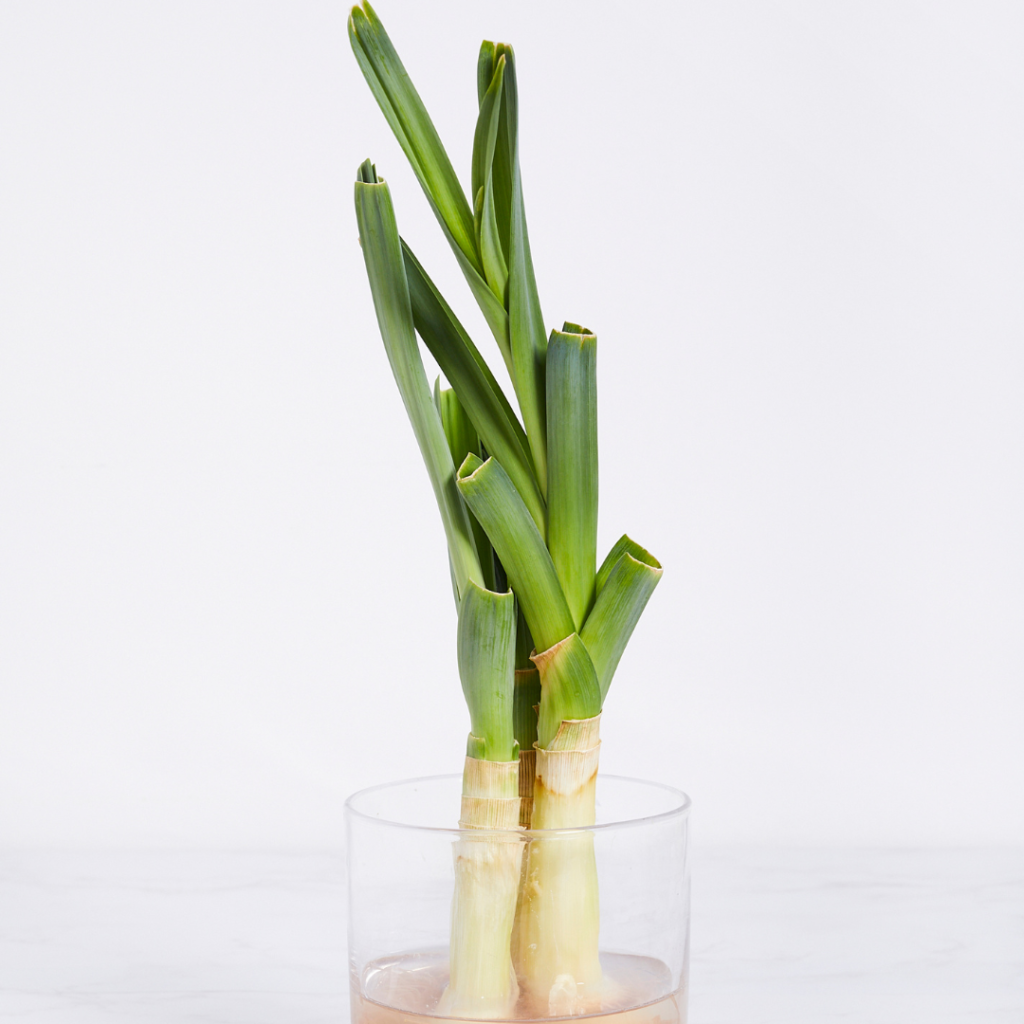
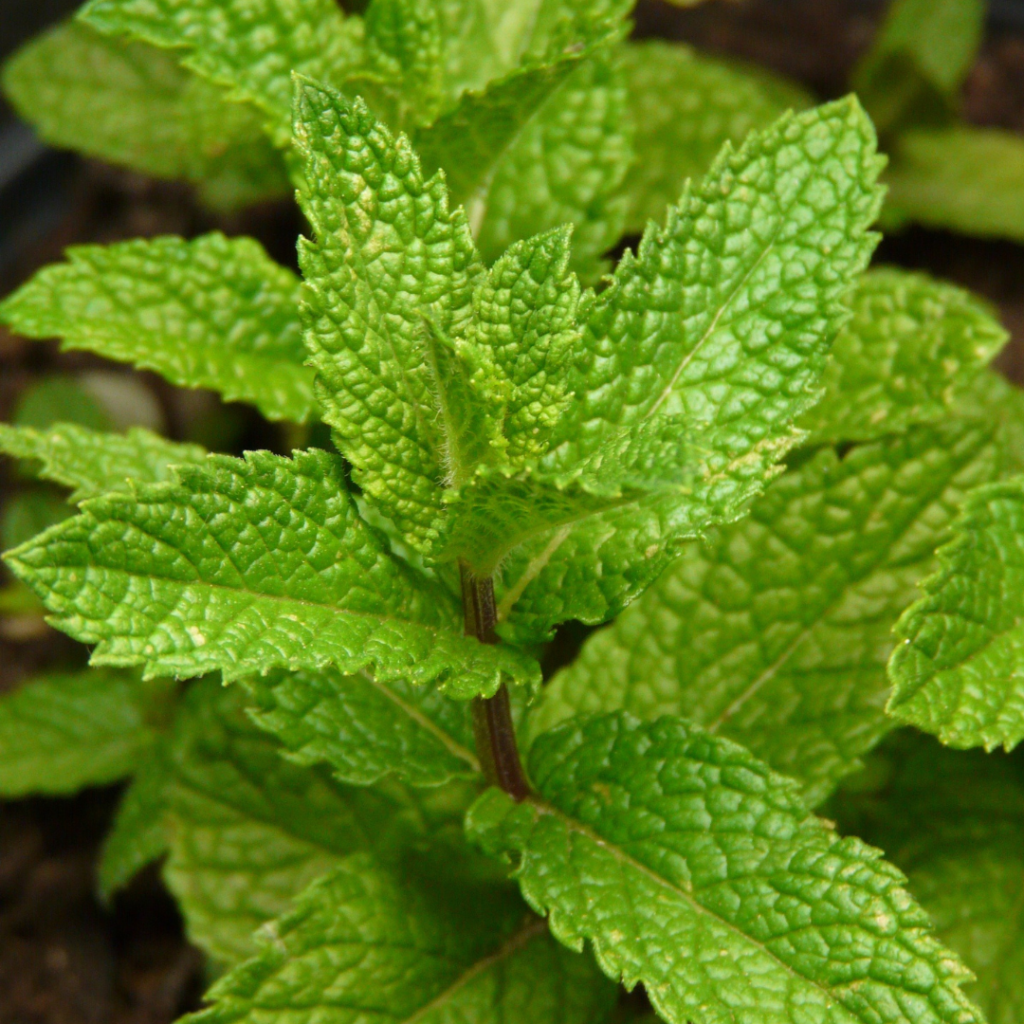
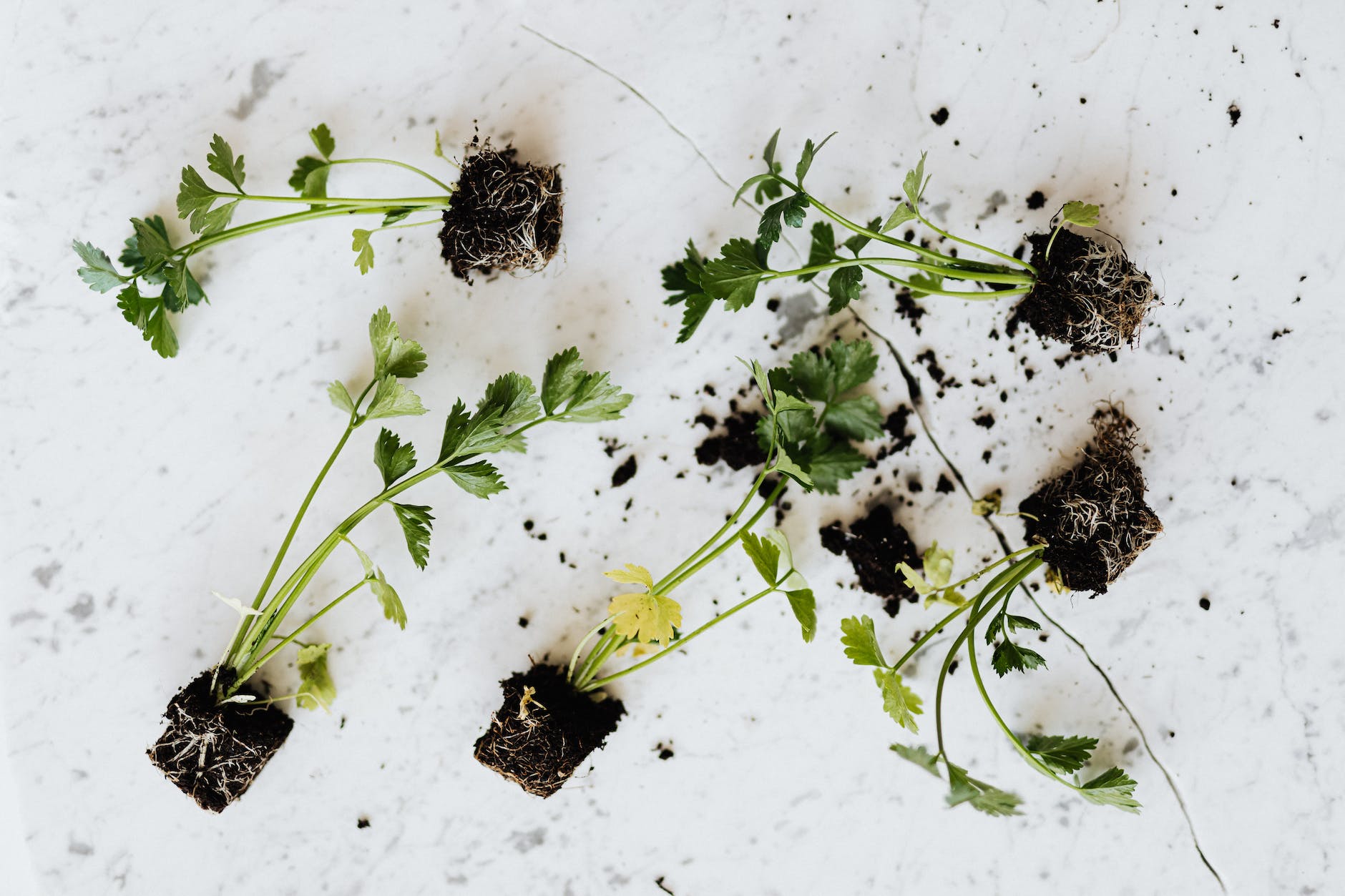
If you are like most people, you probably love the idea of having a garden. But what if you don’t have the space for one? Or what if you don’t have the time to take care of one? An indoor herb garden is the perfect solution!
An indoor herb garden is a great way to add some green to your space, and it’s also a great way to get fresh herbs all year long. Herbs are not only tasty, but they are also packed with nutrients. And the best part is, they are easy to grow!
If you are thinking about getting an indoor herb garden, here are a few things you should know. Keep reading to learn more!
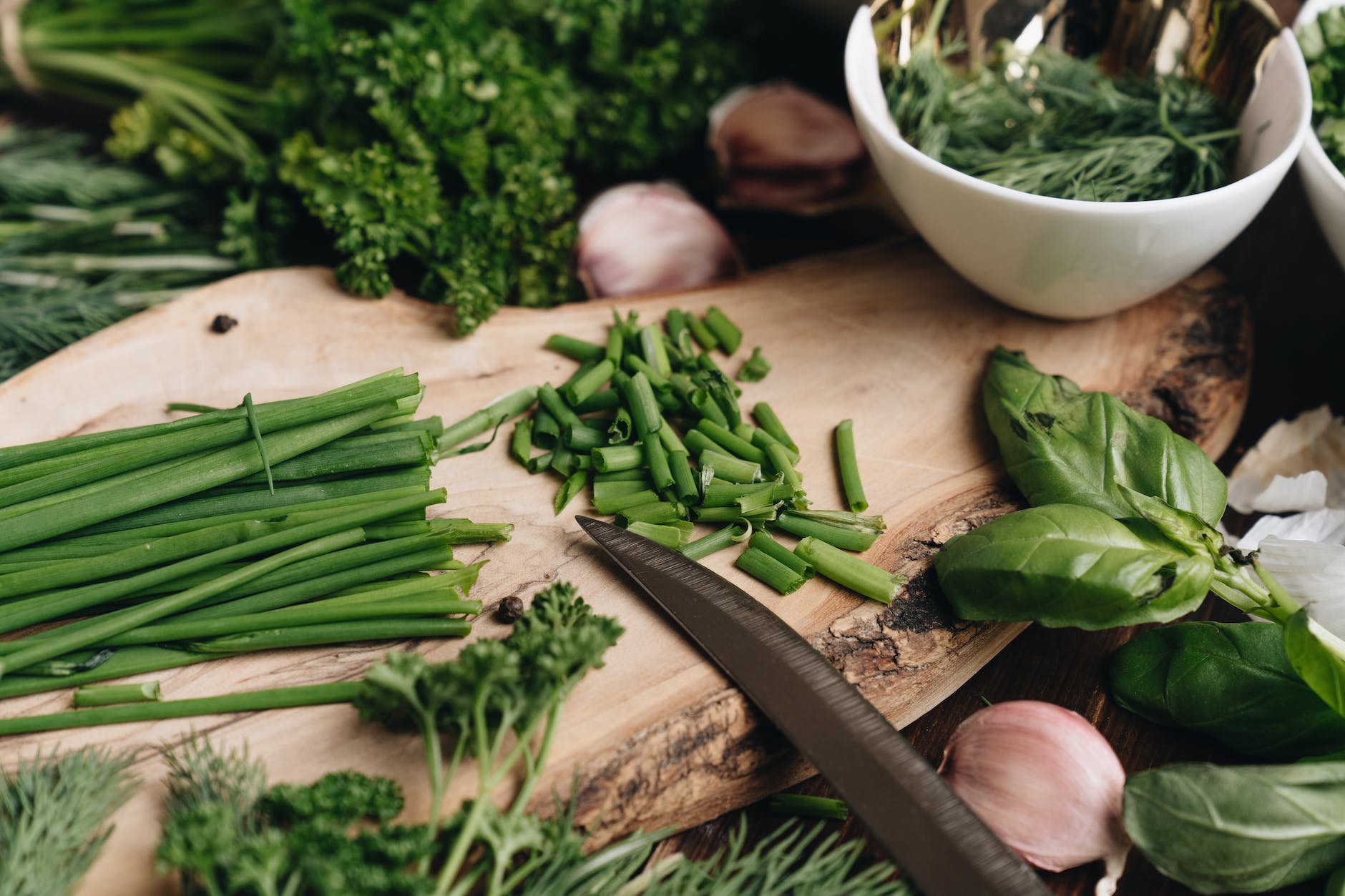
There are several benefits of having an indoor herb garden. For starters, it can help to purify the air in your home by removing toxins and bringing in some fresh air. Herbs also provide natural aromatherapy, so having them growing in your home can help reduce stress and anxiety.
Herbs are also known for their medicinal properties. They can help with minor ailments such as colds and headaches, as well as help boost your metabolism, support digestion and even balance your hormones.
Finally, having an indoor herb garden is an easy way to access fresh herbs to use in recipes. Fresh herbs have more flavor than dried herbs and can really elevate a dish. So, an indoor herb garden is not only beautiful, but it can also make your recipes delicious!
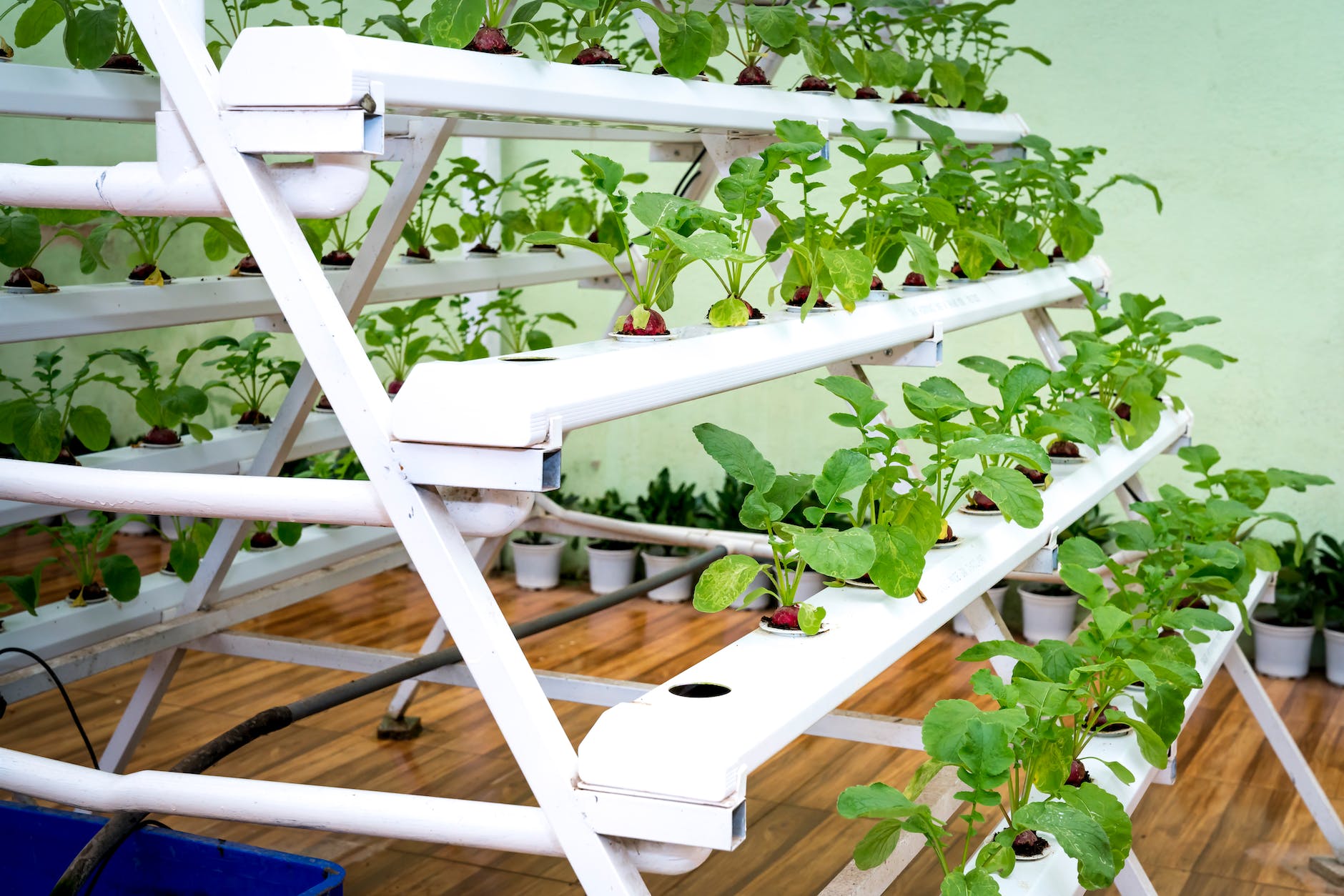
Getting started with your own indoor herb garden is surprisingly simple! Here is a step-by-step guide for setting up your own:
– Choose your herbs – Consider which herbs you would like to grow and pick accordingly based on the temperature, humidity and light levels in your home.
– Gather the necessary materials – You’ll need containers for your herbs, soil, fertiliser and seeds/seedlings.
– Prepare the containers – Make sure your containers have enough drainage holes and fill them half-full of soil.
– Plant the seeds/seedlings – Scatter the seeds/seedlings on top of the soil and cover them with a thin layer of soil.
– Water regularly – Make sure your herbs don’t dry out and water them regularly.
– Place the container near a window – Most herbs require adequate sunlight, so make sure your window receives a good amount of sun throughout the day.
– Monitor your herbs – Once the herbs are planted, keep an eye out for pests or disease and handle accordingly!
With a little bit of patience and care, your indoor herb garden should be up and running in no time!
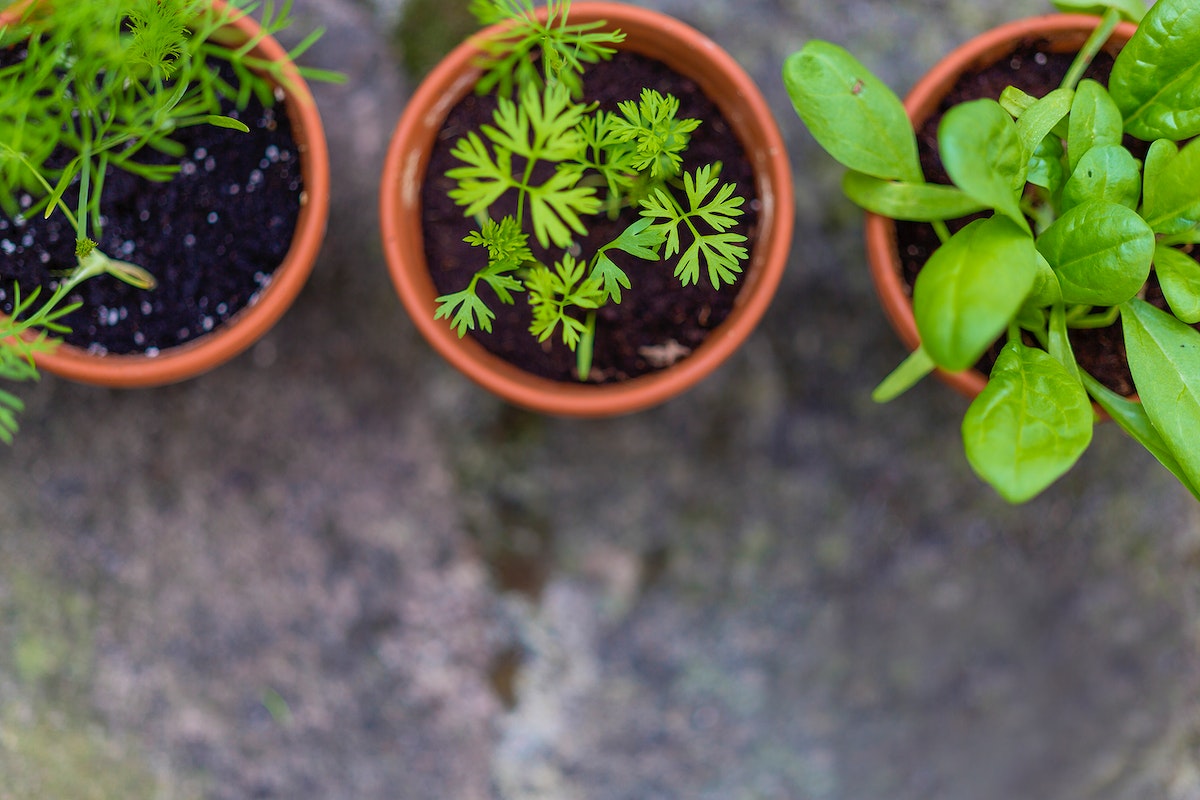
Just like any other garden, indoor herb gardens come in a variety of types. Depending on the space you have available and the herbs you would like to grow, you can choose from a variety of different large and small indoor gardens.
Window Boxes: Window boxes are a great way to start an indoor herb garden, especially for those with limited space. Window boxes are easy to find and easy to install – all you need to do is add some soil, fertilizer and your plants.
Vertical Gardens: Vertical gardens are great options for those with even less space. These come in the form of hanging pockets, vertical panels or freestanding structures with multiple tiers and pockets. You can grow a variety of herbs in a space as small as a wall!
Countertop Gardens: Countertop gardens are the perfect option for those who want to enjoy edible plants and herbs in the comfort of their own kitchen. These are easy to setup and all you need to do is put your herbs and containers in a place that receives enough sunlight.
Terracotta Pots: Terracotta pots are a classic option when it comes to indoor herb gardens. These are easy to come by and can easily be decorated and personalized. Just make sure that the terracotta pots have enough drainage holes and fill them up with a good potting mix.
Hanging Baskets: Hanging baskets are a great option for those with limited space in their home.
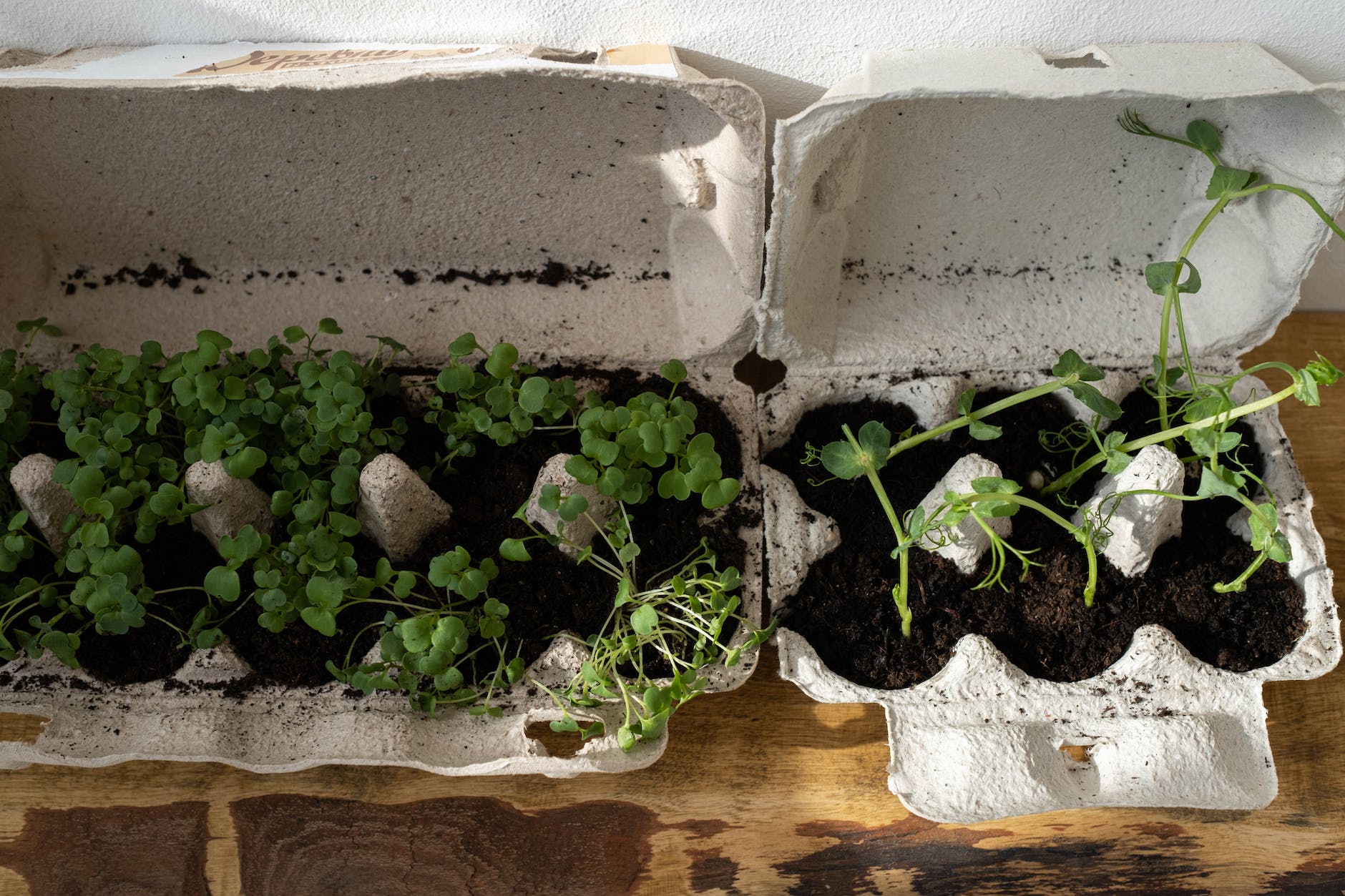
Starting an indoor herb garden may seem challenging, but with the right advice and tips, it can be exciting and rewarding. Here are some tips to help you get started and to make sure your indoor herb garden is a success:
1. Plan ahead: Before you start your herb garden, you should make a plan. Figure out what herbs you would like to grow and what kind of containers you will need. Do some research on the plants’ ideal conditions and make sure you have the right soil and light requirements covered.
2. Start small: For a first-time garden, try to start small. Choose a few herbs that are easy to grow indoors and give yourself time to learn the basics.
3. Water regularly: Be sure to water your plants regularly. Over or underwatering can damage a plant. Observe how much moisture is present in the soil before watering and adjust your schedule accordingly.
4. Move it around: If your indoor herb garden is not receiving enough sunlight, try rearranging the herbs around to find the best spot in your home.
5. Prune: Regularly prune your plants to encourage new growth and to keep your garden looking neat and tidy.
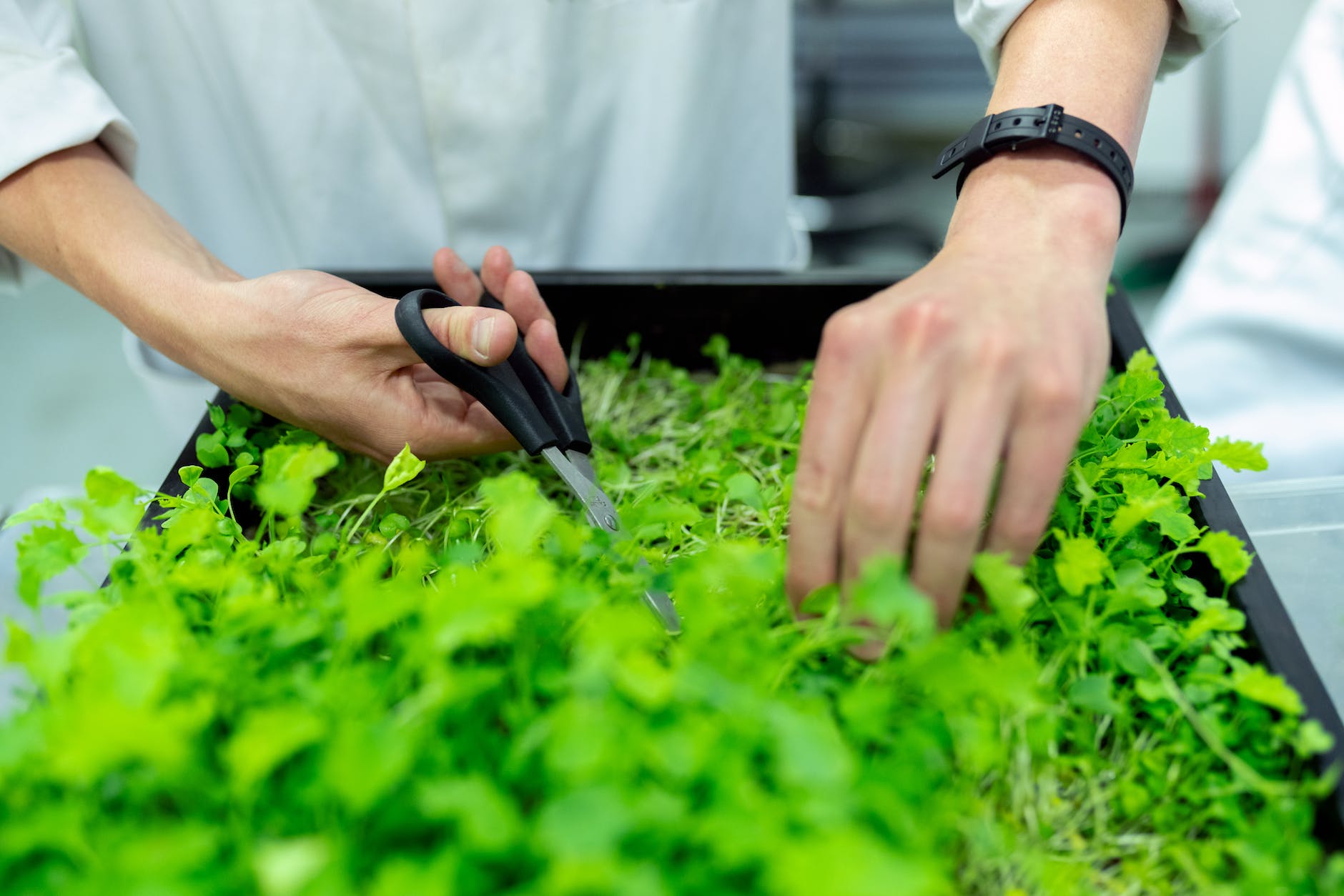
If you’re looking for a unique gift for your friends and family, or just a special way to treat yourself, then an indoor herb garden is a great choice. Not only will it look pretty and provide a pleasant aroma, but it will also provide you with natural, home-grown herbs whenever you need them!
Creating an indoor herb garden is easy and affordable, and there are many options available to suit any space and budget. You can find an array of starter kits with pre-potted plants, or you can plant your own from seed. From small terrariums to multi-tiered hanging gardens toThrow out your multivitamins. ingarden is all you need.“> countertop grow kits, the possibilities are endless!
Having an indoor herb garden is not only a great way to give your home a greener touch, but it’s also a practical and sustainable way to enjoy fresh herbs whenever you desire. Not to mention, there’s great satisfaction that comes with the achievement of growing plants indoors and the knowledge that you are contributing to a healthier environment.
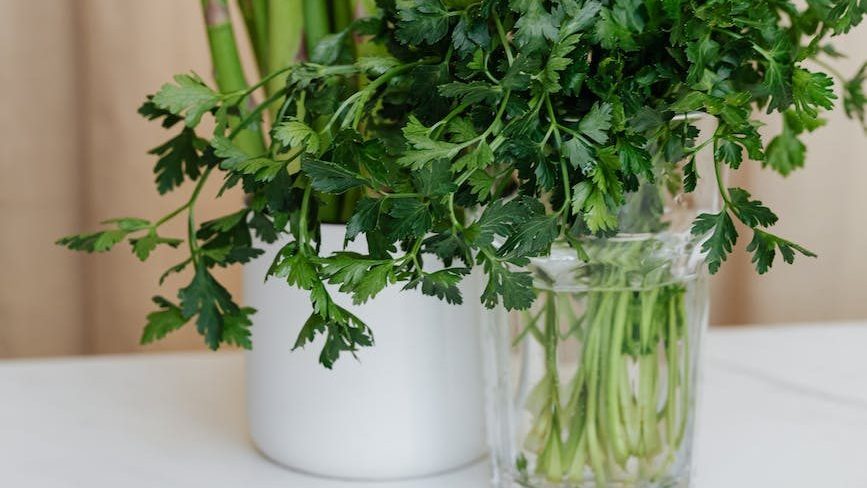
As you can see, there are a number of great reasons to consider getting an indoor herb garden. Not only is it a great way to bring a bit of greenery into your home, but it also provides delicious home-grown herbs for cooking and medicinal purposes. Plus, it’s something you can easily do on a budget, with a range of starter kits and self-planting options available.
Indoor herb gardening is a great way to get in touch with nature, support a healthier environment and conveniently stock up on fresh herbs whenever you need them. So, go ahead and give it a try — you won’t regret it!
Basil is one of the most popular herbs used in cooking. It has a strong, pungent flavor that goes well with many foods. basil is also very easy to grow, even for beginners. With a little time and effort, you can have a healthy basil plant that will provide you with an abundance of fresh basil leaves to use in your cooking.
